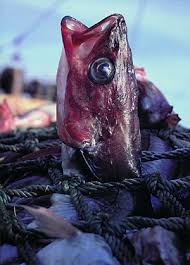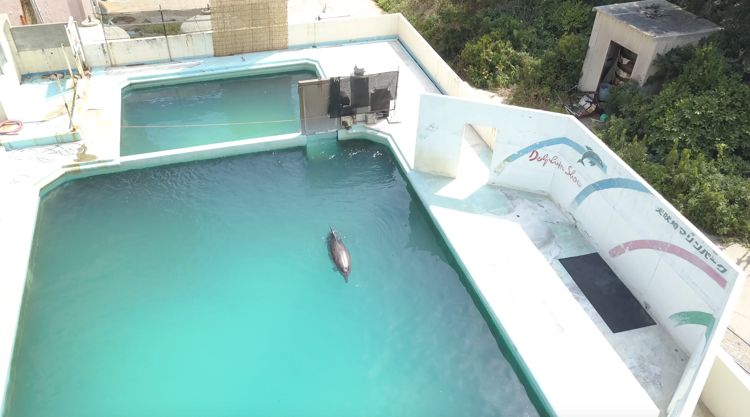
Category: ocean

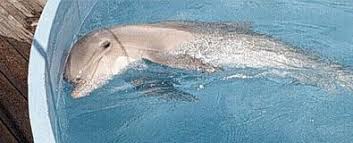
April 14 – the day we remember dolphins
TODAY IS INTERNATIONAL DAY OF THE DOLPHIN.
This is the day we remember these wonderful mammals, and also the particular ways we continue to harm them.
Here are a few facts about dolphins:
Wild dolphins travel in extended family groupings called pods.
A pod of wild dolphins can travel up to 100 kilometers a day in the open ocean.
Each member of the pod has their own role, that focuses on the well being of the group.
Families frequently remain together for life.
The elder pod members protect the young and teach them crucial survival skills.
Dolphins have advanced communication and are thought by scientists to have names (unique whistles) for each other.
Many divers etc have documented their intelligent and playful behaviour when dealing with humans.
Dolphins’ prey is tracked by the projection of high-frequency sound waves (echolocation) that they are masters at interpreting, after 50 million years of adapting to their ocean homes.
In 2020, dolphins in the wild are threatened by humans in many ways. These include massacres (for example, Taiji), overfishing and by-kill in commercial fishing, and also by an increasingly ‘noisy’ ocean that harms their sensitive hearing and threatens their well being in the wild.
Dolphins (and other cetaceans) living in Seaworld and similar aquariums suffer endlessly, in multiple ways. They are placed in unfamiliar groupings with dolphins that have come from different families, making communication between them difficult. The confined, bare and sterile conditions causes them extreme aggression and frustration. Often they bear scars of clashing with tankmates, and also of self harm. Cetaceans in captivity have been observed regularly bashing their heads against the sides of their tank, and their teeth and mouth can bleed and swell from gnawing at the bars of their gates. At the other extreme of stress, some become very listless, and float around the tank all day, a phenomenon known as ‘logging.’
Dolphins in captivity have to be regularly treated with ulcer medication or antidepressant medication to alleviate the suffering they are forced to endure.
Food deprivation is one of the ways the entertainment industry uses to train them for the tricks dolphins have to perform. This is known as operant conditioning.
Because the tanks they are kept in are shallow, dolphins can experience sunburn, and zinc cream has to be applied to their skin. Heavily chlorinated tanks can burn and irritate their eyes. If the water is not properly cleaned and filtered, it can cause bacterial infections and open sores in the mammals.
Please, today and every day, let us think about these wonderful, intelligent and playful mammals who we are harming in so many grievous ways.
Please don’t support SeaWorld or any other aquariums, anywhere in the world.
For indepth information about Cetaceans, see this article:
https://link.springer.com/article/10.1007/s12052-009-0135-2
Sandra Kyle
 Sandra Kyle is the admin/editor of End Animal Slaughter, and a full-time Animal Rights activist.
Sandra Kyle is the admin/editor of End Animal Slaughter, and a full-time Animal Rights activist.
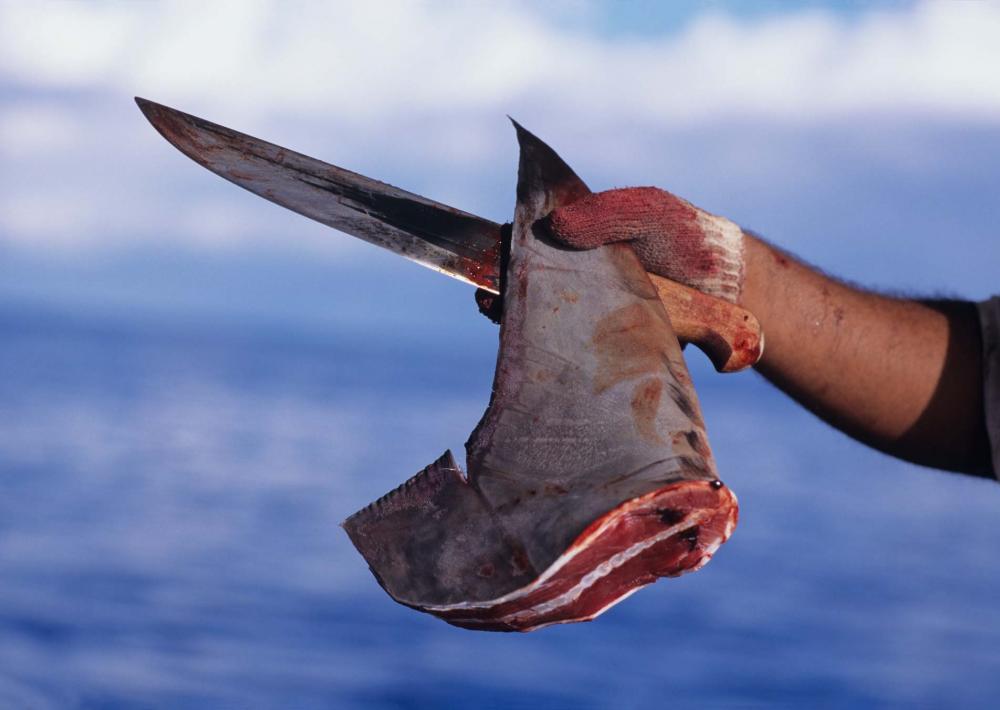
Cruel but lucrative shark finning still practiced worldwide to supply Asian market
This week nearly $1,000,000 of shark fins hidden in boxes were seized by US customs officials. Thought to have originated in South America, they were destined for Asia.
Up to 100 million sharks are harvested each year for their fins. The illicit practice, called shark finning, involves fishermen slicing fins off the live shark before throwing them back in the water, where they either suffocate or bleed to death.
The shark fin market in Asia fueling this merciless industry changes the balance of the marine ecosystem and threatens billions of animals.
Scientists have known for years that fish feel pain. All fishing methods cause suffering to fish.
The solution is to stop eating fish. It tortures sentient beings and harms the marine ecosystem.
The solution is to adopt a compassionate, sustainable vegan diet.
Read the CNN article here

It is time to abolish fishing and fish farming…
Fish are smart enough to use tools, can communicate and have distinct personalities. It has been established beyond doubt that they feel pain.
So how is it that we can justify torturing them in their trillions, every single year, for our palates?
Photo essay with words by Joy Ann Satchell and Sandra Kyle
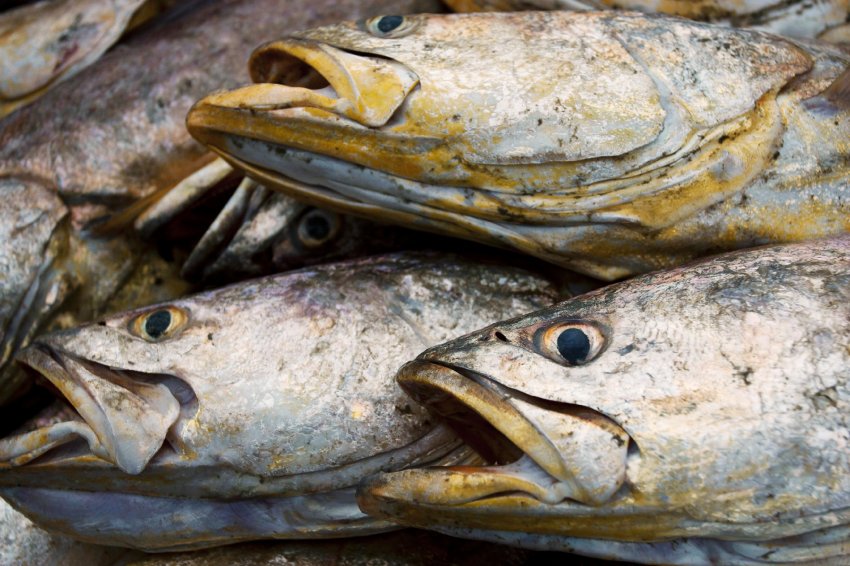
Fish are the original vertebrates, our direct evolutionary ancestors. Scaly pioneers with small limbs, they crawled from the sea and colonized the land, and gave rise to our species.
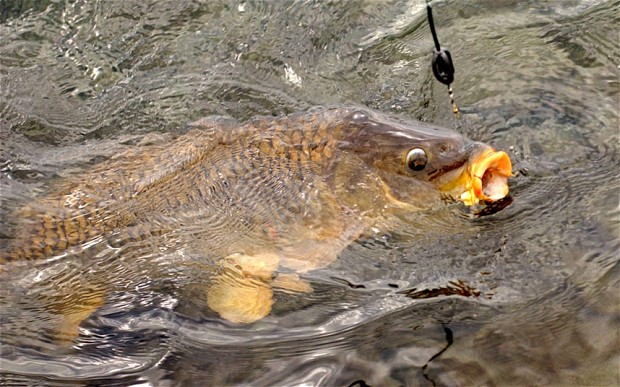
But we have forgotten our evolutionary debt to them. They are our silent victims. We don’t hear them scream when they’re impaled on hooks, or when the hooks are ripped from their delicate mouths. Yet they have nervous systems that comprehend and respond to pain.
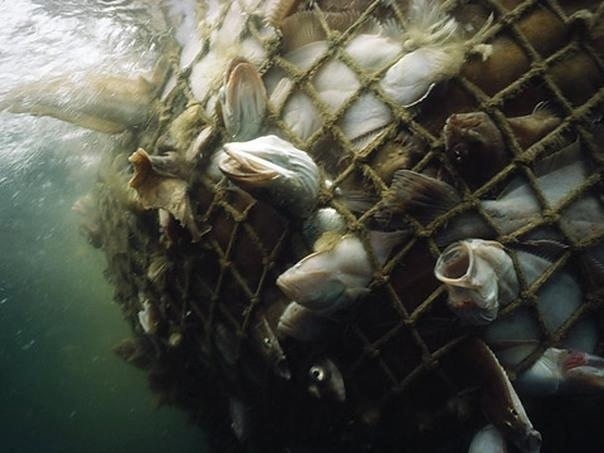
We invade their territory and trap them in vast nets. They are wrenched from their ocean home into open air, and go through the agony of suffocation. Such are their numbers that the fishing industry can only measure their loss in tonnes.
We haul them in, and leave them to die in agony, wounded, ‘drowning’ in the air.
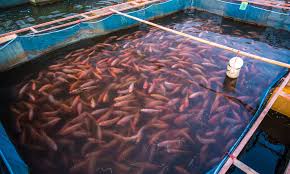
Human greed is not even satisfied with this holocaust. We farm them as well.

Salmon farms, where they live in cramped and polluted cages, unable to escape, fighting for space, fighting for freedom. Many die of disease and despair even before slaughter weight.
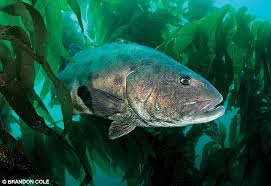
A glint of scales, a swatch of luminescence… fish are beautiful and complex creatures. These graceful denizens of the ocean have as much right to live as you and I. Let them live in their home, undisturbed, free and fulfilling their own destiny.
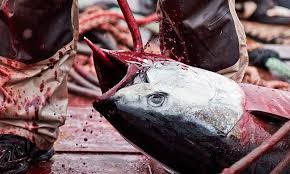
Let’s remember the silent, forgotten victims of our world.
All living creatures have their own purpose in life’s circle….
Let’s abolish cruel fishing and fish farming forever.
Watch the Video of ‘drowning’Joaquin Phoenix calling for kindness to fish
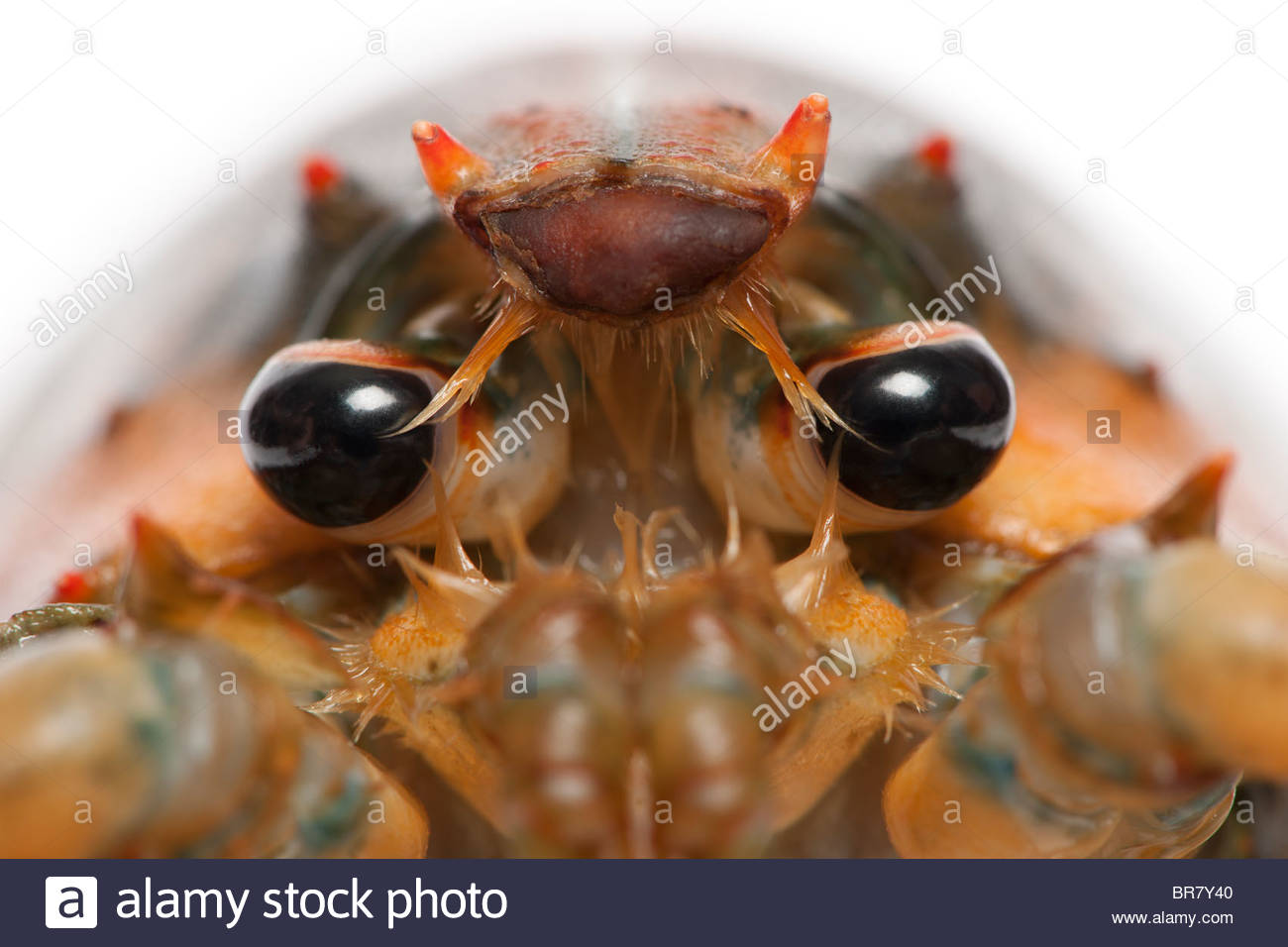
Ask yourself: ‘How Would I Feel’?
A few years ago a student took me out to dinner to thank me for teaching her. As we were shown to our seats in the restaurant, I noticed a tank full of live lobsters and stopped for a moment to look at them. Suddenly a group of people together with a staff member came to the tank and began chatting and pointing. After a few moments the staff member removed an animal, who waved his legs about and swished his tail. The realisation slowly dawned on me that these people were going to eat the lobsters, and the animals were probably going out to the kitchen to be put alive in boiling water – or– heaven forbid – to be eaten alive at the table! New Zealand has since passed a Law banning boiling crustaceans alive, and I very much doubt that our restaurants would serve live lobster as they do in other parts of the world. But I shudder to imagine the poor creatures, appendages waving frantically, dying mouthful by mouthful.
I didn’t want to embarrass my kind host but felt miserable for the rest of the evening, and couldn’t wait to leave the restaurant. If an animal swishes its tail from side to side and waves its appendages around there must be a reason for it. If I were to hazard a guess I would say such behaviour shows fear and/or pain, and while until recently it was thought that crustaceans were dumb and didn’t have the proper equipment to feel pain, scientists are now painting a different picture.
Firstly, a little bit about lobsters. They have been around for 100 million years, more than 90 million years longer than homo sapiens’ earliest ancestors. A prime example of the diverse pathways evolution has taken, lobsters have adapted to live in every part of the planet, from freezing to tropical. In the wild, lobsters can live, according to one source, to be more than 100 years old.
Lobsters are invertebrates (animals without backbones) and more specifically arthropods, so called because they have a protective exo-skeleton, segmented body and paired jointed appendages. Like most arthropods, they grow by passing through phases of moulting when they periodically shed the outer cuticle that restricts their growth.
Their body organisation is vastly different from our own. The lobster brain consists of an array of nerve endings called ganglia, found within their throat, while their nervous system is located throughout their abdomen. The lobster stomach is at the back of their eyes, they sense their environment with their antennae, and they taste their meals with their legs.
Commercial lobster fishers talk about how aggressive they are, and ‘hard-wired’. According to them, lobsters have no ‘intelligence’, and their reactions are merely an automatic response to chemical stimuli to achieve certain outcomes. However, research is showing that they are much smarter than previously thought.
One such study was carried out University of New Hampshire researchers led by Zoology Professor Win Watson. They lowered a standard lobster trap into Portsmouth waters and videotaped what happened. The expectation was that, given that traps hauled to the surface usually contained only a handful of lobsters, the video would not show many lobsters approaching the trap (that contained bait). However, the opposite was true. The trap looked like an ‘anthill’ Professor Watson said, with lobsters scuffling all over it, and happily wandering in and out at will. A mere six percent of the lobsters who entered were caught, largely because they had the bad luck to be inside when the trap was hauled up, and not because they were too stupid to find their way out. Further research Watson carried out showed that lobsters have what it takes to recognize and remember left from right, and they successfully negotiated a maze he and his colleagues constructed to test them. What’s more, lobster scientist Diane Cowan says that lobsters are ‘highly social’, and:
‘They know where their neighbors live and know what molt stage they’re in. It’s not just whether an animal has a backbone or not that makes it simple or complex.’
As usual, we have underestimated the intelligence of other species, but more important to me is whether lobsters can feel pain.
Pain is a difficult thing to test, as it cannot be measured directly or pointed at. When carrying out studies on pain, scientists make the distinction between pain and reflex. If an animal has responded to something that we would deem painful it does not mean that that individual has actually felt the pain.
At Queens University Belfast, a study was carried out to test crustaceans’ ability to feel pain. As part of the study they gave crabs a brief electric shock to a part of their body. The researchers observed that the crabs would begin to rub that spot for a long period of time, with some animals picking at their wound site if the claw was removed. They would also bend their limbs into awkward positions trying to get at the affected site, which clearly bothered them. The conclusions to the study were that crabs not only felt pain, but retained a memory of it.
Like lobsters, crabs are also sometimes placed alive in boiling water to cook. Invertebrate zoologist Jaren G Horsley says that crustaceans may feel even more pain than we would in similar situations:-
“The lobster does not have an autonomic nervous system that puts it into a state of shock when it is harmed. It probably feels itself being cut. … I think the lobster is in a great deal of pain from being cut open … [and] feels all the pain until its nervous system is destroyed” during cooking… The lobster has a rather sophisticated nervous system that allows it to sense actions that will cause it harm.’
This would explain the tail swishing and appendage waving I saw the lobster at the restaurant do. My sense that the lobster was feeling fear was probably right.
Boiling crustaceans alive is just one of the egregious ways we treat other sentient beings. Just because we are ‘at the top of the food chain’, this does not give us the right to take away the rights of others. All lives have intrinsic value separate to any value they have to humans, and are worthy of moral consideration. As far as trying to figure out whether certain animals feel pain and fear, then maybe we should try asking ourselves: ‘How would I feel in that situation’?
Sandra Kyle
